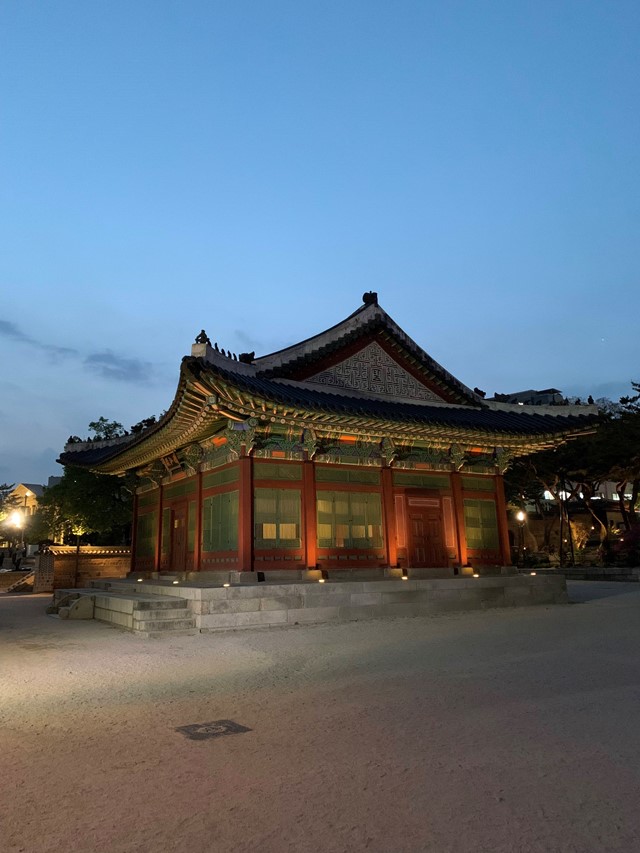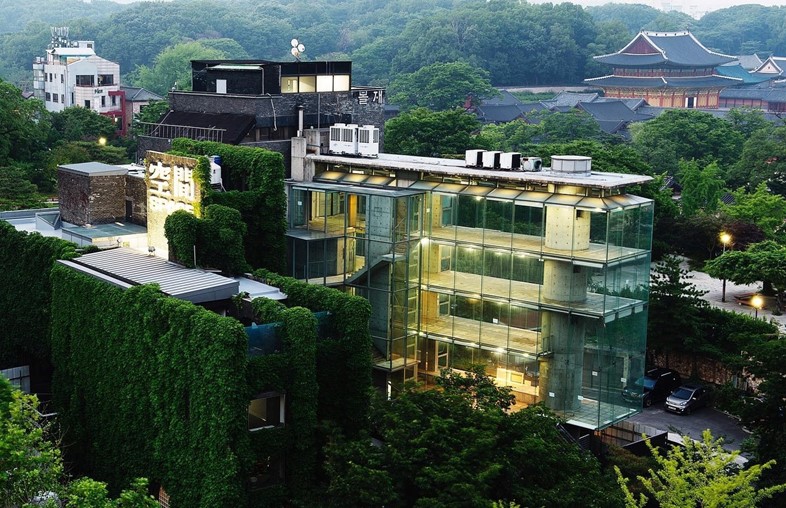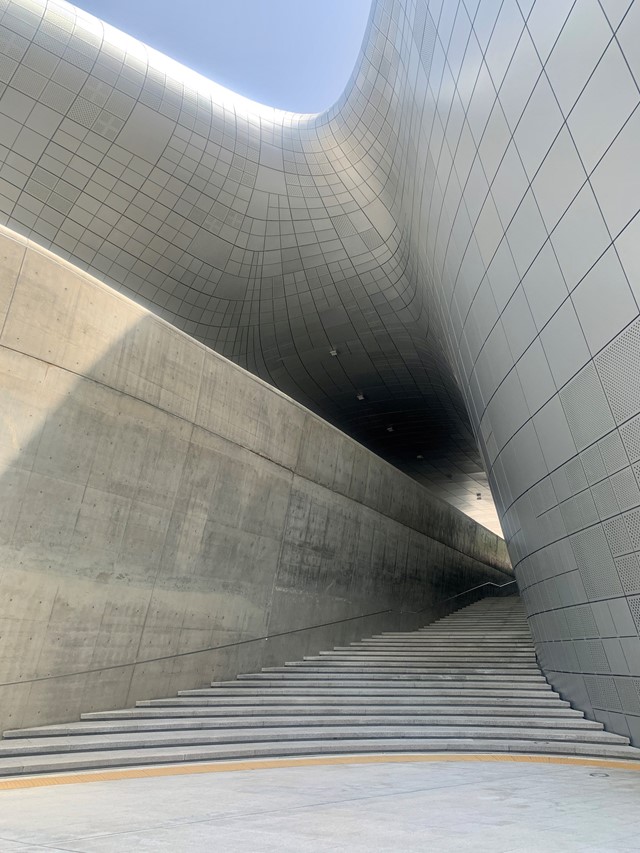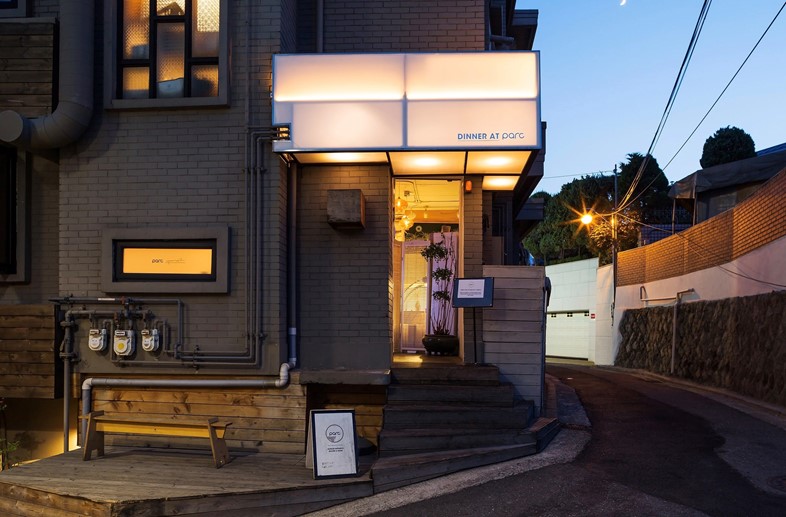With unique cuisines, fascinating histories, and the treasures of a global pop culture boom, here’s our guide to things to eat, drink and see in Seoul
Introducing a series of alternative city guides, specially curated for the cultivated traveller.
No longer a niche travel destination, South Korea has been welcoming international visitors in troves the past year following the lifting of tight pandemic restrictions in Spring 2022 – with over 950,000 foreign visitors recorded in June 2023 alone. The foremost destination is the country’s crowning megalopolis – where visitors enticed by unique cuisines, fascinating histories, and the treasures of a global pop culture boom will find endless stimulation at their doorstep. Welcome to Seoul, the nation’s effervescent capital; one of the most rewarding tourist hotspots in the world at present.
It’s a hyper-modern city rooted in ancient Joseon culture, where futuristic architecture connects to historic palaces via centuries-old city walls. It’s a culinary adventure built on cold buckwheat noodles (naengmyeon) and “ram-don” (jjapaguri), with plates of barbecued meat and kimchi piled high alongside clinking green bottles of soju. It’s an entertainment mecca, where buzzy K-pop artists and film stars pop out from billboards, bus stands and souvenir stalls. And it’s a city in vogue thanks to an abundance of luxury fashion outlets, a thriving beauty industry, and art exhibitions that champion both the classic and the cutting-edge.
With a population of 10 million friendly natives, who between dramatic mountain vistas occupy 25 districts and a surface area of over 600 square kilometres, it can also feel like an overwhelming sprawl at times – as such, hot tips and good recs go a long way. So start planning your dream trip with AnOther’s insider know-how below, and thank us when you get back.

Deoksugung Palace
Joseon dynasty palaces like Gyeongbokgung and Changdeokgung (the latter of which is notable for its stunning “secret garden”) should rightly be at the top of any tourist itinerary for Seoul. Often overlooked, though, is the walled compound of Deoksugung – originally the residential home of Grand Prince Wolsan in the mid-15th century.
Like the other complexes that make up Seoul’s ‘Five Royal Palaces’, Deoksugung offers stunning pavilions and wooden structures painted in red, gold and aquamarine – which take on a magical quality when lit up at night (it’s open until 9pm every day except Monday). Indeed, visitors will find an atmosphere of serenity inside the stone walls after dark – a sanctuary from towering glass-and-steel constructs like Seoul City Hall next door, and the bustling Lotte Department Store in the nearby shopping mecca of Myeongdong.
Gaga Bar
At the foot of Bukchon Hanok Village, Seoul’s meandering and picturesque “old town” of traditional Korean houses, stores and cafés, you can have a cosy fine-dining experience in a restored 100-year-old home – if you manage to make a reservation in advance.
At Gaga Bar, next door to chic bakery outlet Onion and wine Bar nan-A, owner and chef Jeong-sook Choi serves exquisite takes on Korean classics – like galbi (beef short ribs), scallion pancakes, fresh octopus salad, and pig’s feet. A wealth of natural wines and makgeolli (Korean rice wine) is also on offer to help wash them down. Dine indoors beneath the wooden bannisters and tiled roofs, or al fresco on the stunning tiled courtyard – where pink and blue lights illuminate the shrubs and pot plants by night.

Arario Museum in Space
Right next to Gaga Bar, a stone’s throw from the UNESCO-listed Changdeokgung temple complex, the independent art space Arario Museum in Space houses a wealth of contemporary Korean and Western works from Kim Chang-il’s 3,700-piece collection.
Inspired in part by the chairman’s 1981 visit to the Los Angeles Museum of Contemporary Art (MOCA), Arario is notable for works by such diverse names as Keith Haring, Nam June Paik and Tracey Emin as well as its inspired, labyrinthine presentation. The five-storey building, designed by famous architect Kim Swoo-geun (whose other works include the curvy Seoul Olympic Stadium), is also a city highlight: a rectangular brick and concrete block overgrown with green vines and ivy.
Clique Records & Dive Records
It should be little surprise, given Korea’s status in the global pop music zeitgeist, that Seoul has become something of a crate-digger’s goldmine – with underground markets and lovingly curated stores spanning all corners of the metropolis.
Cases in point include indie stalwart Gimbab Records, in lively student hotspot Hongdae; the meticulous Mosaic Records, found in the residential streets behind the DDP; and Welcome Records, which sits up a steep hill behind Itaewon and boasts a rich selection of funk, jazz and hip-hop. Perhaps the best place to start, though, is either Clique Records or Dive Records – two cool and unassuming spots sharing the same corner block in the former lighting and hardware district of Euljiro.
Whereas the former houses everything from underground dance music to native 60s psych-rock bands (as well as an organic wine and craft beer bar, ‘The Edge’), the latter serves coffee, and lines its walls with funk, soul and Korean reggae. Spill out into the winding back alleys afterwards to find karaoke bars and plastic chair pubs serving Cass beer in pyrex jugs – and hope dearly that the plates of Korean fried chicken will stave off your hangover.

Dongdaemun Design Plaza
Another architectural highlight of the city is the DDP – a neo-futuristic mega-structure designed by Zaha Hadid that was a major contribution to the city’s designation as World Design Capital in 2010. Dubbed the largest three-dimensional atypical structure in the world – owing to its 40,000 aluminium panels, which each boast a different design – this iconic, curving landmark is known for housing major art exhibitions, fashion shows and conferences within its 280-metre-long main building. You’ll also find a children’s sensory playground, a restorative “green therapy” space, and the DDP Design Museum inside.
Korean Film Museum
A little further out from Hongdae, in the lively Mapo-gu district, Korean cinema connoisseurs will find plenty of nourishment at the Korean Film Archive’s museum at the edge of Sangam Cultural Square.
The permanent exhibit acts as a broad cultural history lesson as well as a catalogue of movie memorabilia – with costumes from Park Chan-wook’s JSA, Bong Joon-ho’s The Host, and Hirokazu Kore-eda’s Broker among the highlights. Elsewhere, posters and audiovisual media chart 100 years of Korean filmmaking – from early 1890s motion pictures to the 60s “golden age” renaissance to the globally-renowned blockbusters of the present.
A massive film library and a cinema – screening everything from 2001: A Space Odyssey to Oldboy to 60s creature feature Space Monster Wangmagwi – offers added value to your visit, which, aside from the big-screen film showings, is free.

Parc
Slope down the forested Namsan Mountain from the pinnacle N Seoul Tower and you’ll find yourself in Itaewon – one of Seoul’s most multicultural neighbourhoods. Formerly the playground of US marines from the nearby army base, nowadays it’s a vibrant cluster of good food, late-night clubs, and independent stores – as well as the vibrant ‘Homo Hill’, Seoul’s de facto gay village.
Take your time to get lost because there’s plenty to discover – from giant performing arts theatre Blue Square, complete with Instagrammable library-café, to the Hyundai Card Music Library – a giant, ultra-modern lending house home to 10,000 vinyl records and an underground music venue. Elsewhere, Itaewon Antique Furniture Street offers bargains galore, while the Leeum Museum of Art houses works by Damien Hirst, Jeff Koons and Jean-Michel Basquiat alongside traditional Korean art pieces.
A local foodie highlight can be found in the mazy alleyways just next door. Small, simple and stylish, Parc boasts a warm ambience, friendly, English-speaking staff, and a menu of homely and authentic Korean classics – all served with an array of colourful banchan (side dishes). It’s a sophisticated alternative to the noisy Korean BBQ spots found elsewhere in the neighbourhood.
